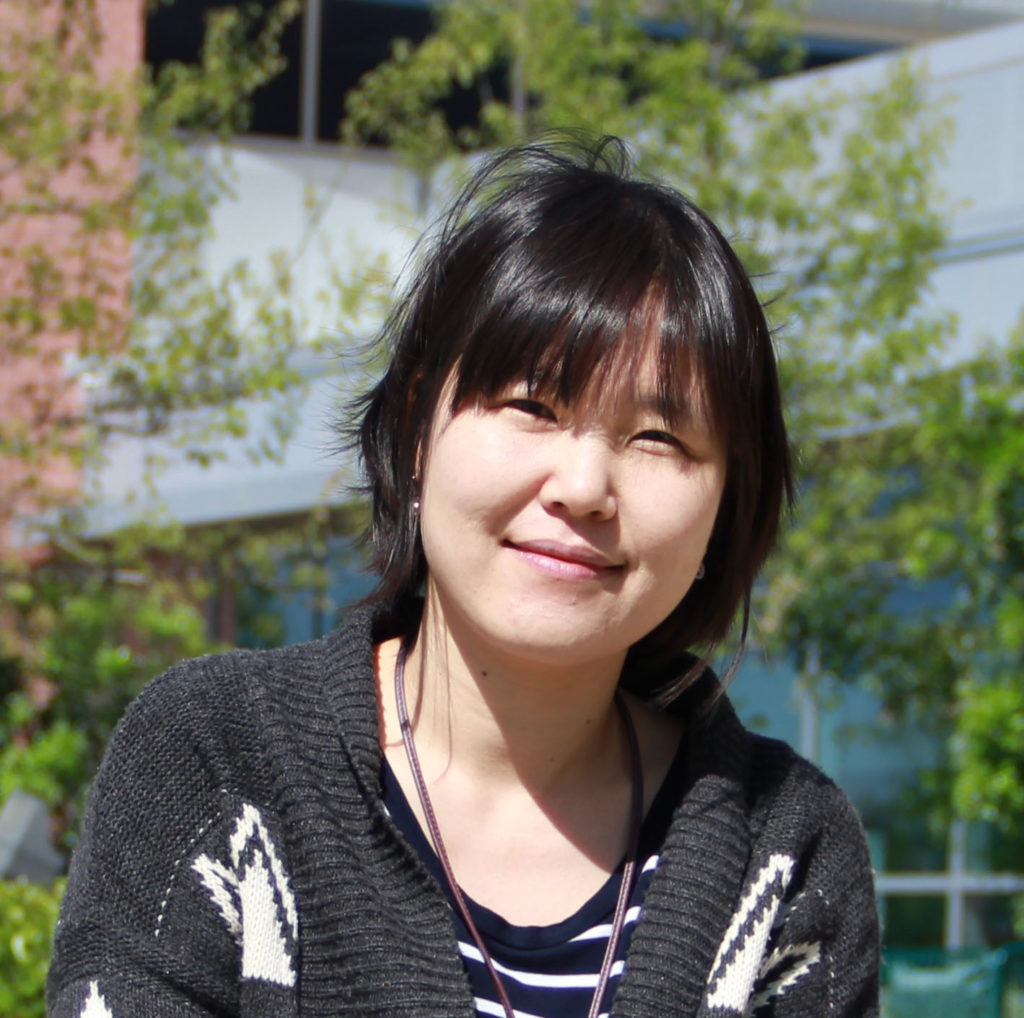Cecil Han, PhD
Georgetown University
Understanding and Targeting Mitochondrial Heterogeneity in Ovarian Cancer
High grade serous ovarian cancers are very complex and variable, making them difficult to treat. One source of this variability may be in the mitochondria, a cellular component known as the “powerhouse”, of ovarian cancer cells. Studies have shown that the variability in mitochondria of ovarian cancer cells can influence how tumors grow, metastasize, and respond to treatment. We do not yet understand how variation in mitochondria might impact these key cancer characteristics. Dr. Han and colleagues recently showed that the USP13 protein may play an important role in how mitochondria in ovarian cancer cells may affect cancer growth and progression. The USP13 protein is barely present in non-cancerous ovary or fallopian tube tissue, but is present at high levels in ovarian cancers. High expression of USP13 in ovarian cancers is associated with poor survival. Dr. Han has shown that if USP13 is blocked, ovarian cancer cells die and tumor growth is dramatically suppressed. The mitochondria of these cells with blocked USP13 are also dysfunctional, indicating that the effect of USP13 on cancer cells may be through its action on mitochondria. In this study, Dr. Han and colleagues will use a mouse model that has high expression of USP13 in fallopian tubes to understand the role of the protein in regulating mitochondria and how this process may contribute to cancer initiation and progression. Future plans for this work would be to develop a specific USP13 inhibitor to treat tumors with high USP13 expression. A better understanding of the underlying biological processes may also help identify additional targets to overcome metastasis and chemotherapy resistance in high grade serous ovarian cancer.


